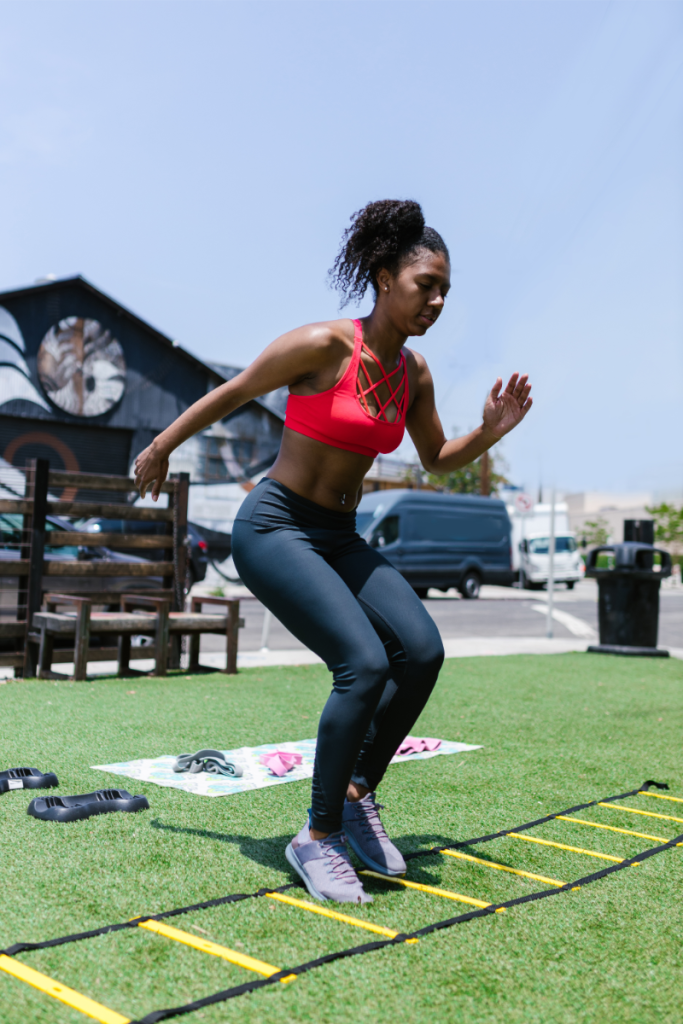
Ankle mobility is a cornerstone of an effective training regimen, vital for anyone looking to enhance athletic performance and prevent injuries. Every sport demands some degree of ankle flexibility, and limitations in this area can significantly hinder your abilities.
Understanding Ankle Mobility
Ankle mobility refers to the range of motion and flexibility of the ankle joint and surrounding muscles and tendons. Enhanced ankle flexibility allows for a broader range of motion during physical activities, leading to improved performance and reduced injury risk.
The Importance of Ankle Strength and Flexibility
Weak ankles can be a significant obstacle to peak performance. By incorporating ankle exercises and stretches into your routine, you can improve both mobility and strength, resulting in noticeable enhancements in your athletic abilities.
Regular ankle strengthening and stretching exercises not only boost performance but also play a vital role in injury prevention. Strong ankles support proper walking mechanics and prevent the weakening of knee and hip muscles.
Is Poor Ankle Mobility Affecting Your Body?
If you’re experiencing hip pain, knee discomfort, or back issues, poor ankle mobility might be the underlying cause. Good ankle mobility ensures harmonious movement across your entire body, promoting overall well-being and performance.
What Exactly is Ankle Mobility?
Ankle mobility refers to the range of motion and flexibility of the ankle joint and its surrounding muscles, tendons, and ligaments. It encompasses the ability of the ankle to move freely in multiple directions, including dorsiflexion (bringing the toes closer to the shin), plantarflexion (pointing the toes away from the shin), inversion (turning the sole of the foot inward), and eversion (turning the sole of the foot outward).
Components of Ankle Mobility
- Range of Motion (ROM): This is the degree to which the ankle can move in different directions. A good ROM means the ankle can flex, extend, and rotate without restriction.
- Flexibility: This pertains to the length and elasticity of the muscles and tendons around the ankle. Flexible muscles and tendons allow for a greater range of motion and reduce the risk of injuries.
- Strength: Strong muscles around the ankle contribute to better control and stability, which are crucial for maintaining balance and preventing injuries.
- Proprioception: This is the body’s ability to sense its position in space, which is vital for balance and coordination. Good ankle mobility enhances proprioception, helping prevent falls and missteps.
Practical Tips for Improving Ankle Mobility
- Dynamic Warm-Up: Incorporate dynamic ankle stretches and movements into your warm-up routine. This helps increase blood flow, warms up the muscles, and prepares the ankle joint for more extensive movement.
- Calf Stretches: Regularly stretch the calf muscles to improve ankle dorsiflexion. Simple stretches, such as the wall calf stretch or using a foam roller, can be effective in increasing flexibility.
- Strengthening Exercises: Include exercises that target ankle mobility in your strength training regimen. This can involve specific ankle mobility drills, resistance band exercises, and calf raises to improve strength and flexibility.
- Footwear Considerations: Choose footwear that provides proper support without restricting natural ankle movement. High-heeled shoes and overly cushioned footwear can contribute to decreased ankle mobility over time.
The Takeaway
Incorporating ankle-focused exercises and stretches into your routine is essential. Strong, flexible ankles provide a sturdy base, enhancing performance in sports, running, and dancing. They are equally crucial for non-athletes, particularly older adults, as they improve balance and stability, reducing the risk of falls.
Before starting a new exercise regimen, it’s wise to consult with your doctor, especially if you’re recovering from an illness or injury. By prioritizing ankle mobility, you’re investing in a stronger, more resilient foundation for your entire body. If you want to improve your performance and need help with your exercise protocol, contact Xcellerated Speed Training.

